A Helpdesk Call that was Out of This World
Occasionally our Regulatory Helpline is asked a question by a customer that stretches our knowledge of the regulations. The most recent one was a call regarding shipping spaceship batteries. Apparently, they were visiting another planet in their system and got stuck due to a dilithium crystal ion battery that would no longer hold a charge. Their home planet of Nibiru wants to send some replacement spaceship batteries and asked if there were any regulations with which they should comply and any areas with which they needed to be concerned.
To show you how great our helpline is, let’s review the process we used to get them the answer they needed.
Step 1: Is the planetary nation a current customer of ICC?
It turns out they actually are a current customer.
They really like our vermiculite-free variation fiberboard packaging and had recently purchased more of them.
This means they have ready access to our helpline anytime they should need it.
Step 2: By which mode of transport will these be transported?
To start, the Area 51 CFR Ground regulations for the home planet must be reviewed. This is necessary as the spaceship batteries would be transported by hovercraft from the home planet’s office to the intergalactic air and space launch facility.
From there, the International Alien Aviation Transport Authority’s (IAATA) 590th edition must be reviewed for the interstellar portion of transport.
Step 3: How are these batteries classified in the regulations?
Dilithium crystal ion batteries have a tendency to short circuit and overheat, so they pose a danger during transport if they are not handled properly.
Using the United Planetary Council’s (UPC) Manual of Testing and Criteria, dilithium crystal ion batteries are subject to testing under Sub-Section 38.3. Each battery is required to have a UPC record of satisfactory test completion and be designed to preclude pre-mature rupture, short circuits and reverse current flow.
ICC was assured all test reports were accurate and up-to-date for the replacement batteries being sent. The batteries are described as having crystal-ion ratings of 300 lightyears and weigh 6 kilograms.
Step 4: How do the Area 51 CFR Ground and IAATA regulations identify these batteries?
Both regulations require you to have a basic shipping description.
Those descriptions are derived from the hazardous materials/dangerous goods lists found in each. It is composed of the UPC identification number, shipping name, hazard class, and packing group.
These particular spaceship batteries are UPC 3480 Dilithium Crystal Ion Batteries in Class 9 with no packing group. Each regulation had a set of special provisions to review and were followed as needed.
Step 5: What do the regulations say in regards to packaging?
There will be four spaceship batteries in the package. Each one weighs 8 kilograms.
Since these batteries have crystal-ion ratings of 300 lightyears, they meet the criteria to be fully regulated and not excepted or Section IB or II. This means United Planetary Council packaging is required.
These are packagings that have met and passed all of the UPC’s (United Planetary Council’s) testing criteria for drop, stack, pressure, and warp-drive without damage to the packaging or its contents.
The packing instructions in both the Area 51 CFR and IAATA indicate a packaging of performance level II is needed. It must also be of a type listed such as a 4G fiberboard box. Each battery must be completely enclosed in a non-metallic inner packaging. The UPC code with the filling limits must also be followed.
Also, in the IAATA regulations there is now the requirement to not package these batteries with other flammable or explosive materials in the same package or overpack.
Step 5: What is needed on the outside of the packages?
Since these spaceship batteries are fully regulated they require all appropriate marks and labels on the outside. These include the marks for UPC number, shipping name, addresses, and UPC packaging code. The new Class 9 hazard class label specifically designed for batteries is also required.
Given the total net weight of the spaceship batteries in the package (32 kg total), the Cargo Spacecraft Only Label will also be needed. This is to avoid placing these packages on Passenger Spacecrafts.
Step 6: What about the official documentation requirements?
At ratings of 300 light-years, these fully regulated batteries require the necessary paperwork. For Area 51 CFR Ground using the hovercraft that would be a shipping paper with written emergency response information and an emergency phone number. In IAATA it would be a shipper’s declaration with the same emergency response requirements due to the planetary variations. Granted the IAATA declaration can be used for the ground portion of the trip.
Step 7: Are placards needed on the hovercraft or spaceship?
Here the answer is “no”. For Area 51 CFR Ground, these class 9 batteries in one package are not required to have placards for domestic shipments from the facility to the intergalactic air and space launch facility. They are neither in a bulk packaging nor does it weigh over 4000 kg, which is the trigger for a UPC identification number.
As for the IAATA, it is impossible to placard a transport spaceship.
Note: IAATA is asking for loaders to begin segregating fully regulated batteries from other flammable and explosive packages.
For those of you that stuck it out until the end of this blog, you know that while the UPC, Area 51 CFR and IAATA are not real organizations or regulations, the process and information outlined for shipping fully regulated batteries by US ground and under the 59th IATA is accurate and correct. Happy April Fools’ Day! ICC is here for all of your shipping needs. Call us today!

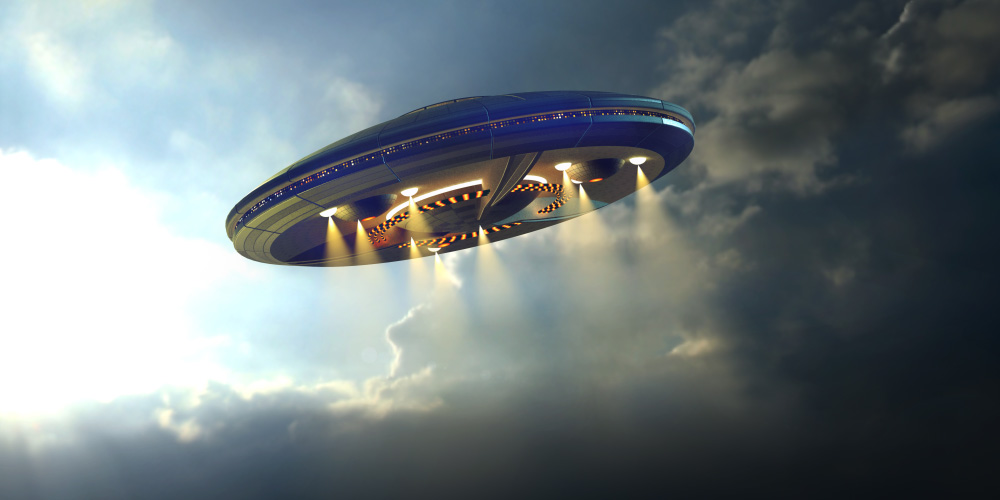
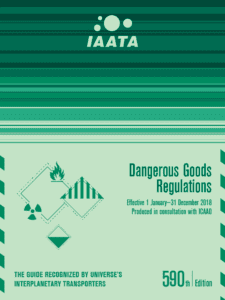
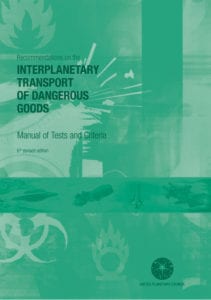
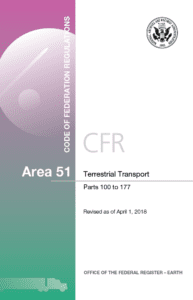
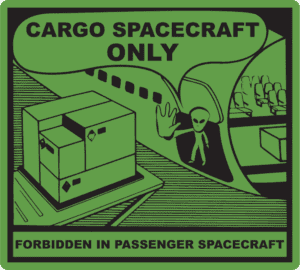






 ICC USA
ICC USA ICC Canada
ICC Canada